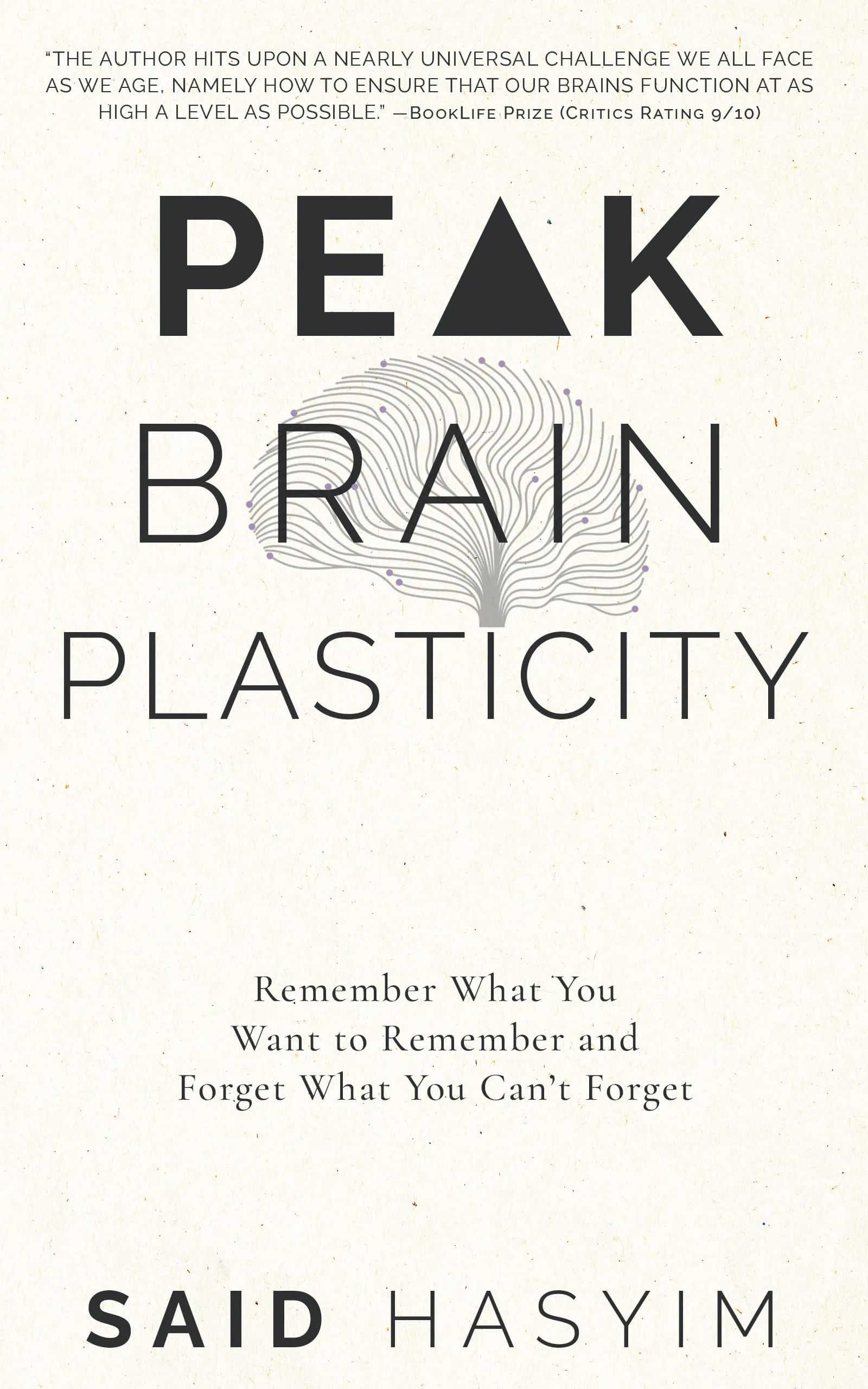Developing Better Memory through Visualization
Memory is a complex cognitive function that influences various aspects of our day-to-day lives. From remembering a friend's birthday to recalling complex information during exams, a well-functioning memory can significantly enhance our ability to learn and perform tasks. One of the most effective ways to improve memory retention is through visualization techniques. In this blog post, we will explore the concept of visualization, its neuroscience, practical techniques for implementation, and how it can help you develop better memory.
Understanding Visualization
Visualization is the process of creating mental images or scenarios to represent information, concepts, or events. This method leverages our brain's capacity for visual processing, allowing us to encode information in a manner that is often more accessible and relatable than traditional text-based or auditory methods.
When we visualize, we tap into the brain's ability to form connections between experiences and information, enhancing our capacity to recall them later. Essentially, visualization not only serves as a tool for memory improvement but also enriches our learning experiences by making abstract concepts more concrete.
The Neuroscience Behind Visualization
The brain is a remarkable organ that can reorganize itself based on experience, a phenomenon known as neuroplasticity. Visual imagery activates several areas of the brain, including those associated with memory and emotions. When we visualize, we engage two primary brain regions:
The Hippocampus: This critical area is responsible for forming new memories and spatial navigation. Visual imagery helps create mental "maps" of information, making it easier to retain and recall it later.
The Occipital Lobe: Responsible for processing visual information, this region becomes more active during visualization, reinforcing the connections formed between the visual and contextual information.
By leveraging these brain regions, visualization techniques help facilitate encoding, retention, and retrieval of information, leading to an overall enhancement of memory.
Practical Visualization Techniques
Now that we have a foundational understanding of visualization and how it works, let’s explore some practical techniques that you can use to enhance your memory:
1. The Method of Loci
Also known as the memory palace technique, this ancient method involves associating information with specific physical locations. To use this technique, follow these steps:
- Choose a familiar place, such as your home or a route you take regularly.
- Visualize the space in detail.
- Assign the information you want to remember to specific locations within your chosen space. For example, if you're trying to memorize a grocery list, imagine placing each item in different rooms of your house.
- When you want to recall the information, visualize walking through the space and retrieving the items you've "placed" there.
2. Mind Mapping
Mind mapping is a graphic representation of ideas and concepts that helps structure information visually. You can use this method for both individual study and collaborative brainstorming. To create a mind map:
- Start with a central idea or topic in the center of a blank page.
- Branch out with main ideas related to the central theme.
- Further divide each main idea into sub-ideas, using colors, symbols, or images to enhance memory associations.
- The final product is a visual web of interconnected ideas that can be easily remembered.
3. Storytelling
Creating a narrative or story around the information you want to remember can significantly enhance recall. Here’s how to implement it:
- Identify the key pieces of information or concepts you want to memorize.
- Create a story that incorporates these elements in a coherent and engaging manner.
- Use imaginative characters, settings, and plots to make the information memorable.
- Practice recalling the story, and the associated information will often come to mind as well.
4. Visualization Exercises
Engaging in regular visualization exercises can also improve your ability to create mental images. Here are a couple of activities to try:
Guided Imagery: Find a quiet space, close your eyes, and visualize a scene in as much detail as possible. Describe it to yourself using all five senses: sight, sound, touch, taste, and smell. This practice helps improve your ability to create vivid mental images.
Recall Drills: After studying a particular topic, take a few moments to visualize it without looking at your notes. Summarize the concepts in your mind and create a detailed mental picture. This not only tests your memory but also strengthens the neural connections in your brain.
Tips for Effective Visualization
To make the most of your visualization techniques, consider the following tips:
- Be Vivid: The more detailed and colorful your mental images are, the more likely you are to remember them.
- Engage Multiple Senses: Incorporate sounds, smells, textures, and emotions into your visualization. Multi-sensory experiences enhance memory retention.
- Practice Regularly: Like any skill, visualization requires practice. Engage in visualization techniques consistently to strengthen your memory.
- Stay Relaxed: Stress can hinder memory recall. Make visualization a calm and enjoyable practice to maximize its effectiveness.
Conclusion
Developing better memory through visualization is an empowering strategy that can enhance both learning and everyday cognitive tasks. By utilizing techniques like the Method of Loci, mind mapping, storytelling, and visualization exercises, you can tap into your brain's potential to form lasting memories. Remember, improvement takes time and practice, so be patient with yourself as you incorporate these techniques into your routine. With diligence and creativity, you can unlock a powerful tool that will serve you well in various aspects of your life.
Happy visualizing!
Harness the Power of Neuroplasticity
Discover Peak Brain Plasticity, a practical book to harnessing neuroplasticity. Enhance your memory, learn new languages quickly, and alleviate anxiety with effective study methods. Uncover daily habits that impact cognitive health and explore techniques for accelerated learning and memory retention. Unlock your brain's potential for growth and transformation.
